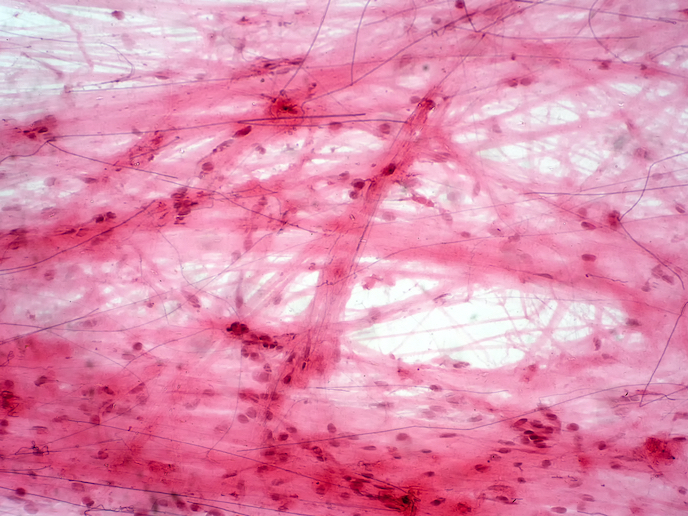Closing the gap between electronics and biological tissues
Given the rapid progress in miniaturised electronics and our ever-increasing understanding of brain science, it’s only a matter of time before the two converge. “The seamless integration of electronics with living systems, or bioelectronics, will not only advance our understanding of basic biology, bult also redefine medical diagnostics and therapeutics,” says Juan Liu, a researcher at the University of Oxford(opens in new window) and Marie Skłodowska-Curie fellow(opens in new window). The problem is that most bioelectronic devices are currently built of rigid, dry electronic components and lack biological features. “The differences between biological tissues and man-made electronics creates a formidable obstacle to deploying bioelectronic devices,” adds Liu. With the support of the EU-funded ENERGSYNTISSUE project, Liu aims to help bridge this gap between the biological and the electronic.
The use of droplet networks
According to Liu, there are numerous important distinctions between biological tissues and man-made electronics. For instance, native tissues consist of cells within an extracellular matrix(opens in new window) (ECM). Because the nature of the cells and the features of the ECM differ between organs, they produce a wide range of stiffness, topography and complexity. Furthermore, whereas man-made electronics rely on electrons to carry information, the human body’s bioelectronic activities use ions to carry information. “In light of these differences, bioelectronics must adopt the principles of biology so devices can work synergistically with living tissues and organs,” remarks Liu. One way of doing this is by using synthetic tissues made from droplet networks comprising aqueous compartments separated by lipid bilayers. “Among all synthetic materials, droplet networks offer the closest approximation to natural tissues, particularly as to their mechanical properties,” adds Liu. In such tissues, each droplet represents a simplified cell, with information being exchanged internally between these compartments and with the external environment. “For example, by encapsulating enzymes with the compartments, synthetic cells can receive and process biological cues,” explains Liu.
Towards energy-generating synthetic tissues
By combining these advances in synthetic cells based on droplet networks, Liu has created tissue-like energy-generating electronics. “We successfully designed and constructed the first sustainable biobattery based on droplet networks where electrical circuits and electronic functions are established within biological components,” notes Liu. Furthermore, Liu proved that the two enzymatic reactions carried out in the different droplets can generate nA-scale current and 720 mV potential, with the simplest battery being made of just two droplets, measuring only 480×680 μm2. Additionally, the electrical potential established between two different droplets can drive the directional movements of molecules, which can help create orthogonal and complex signalling inside the synthetic tissues and upgrade the complexity and the function of the system. “Our droplet battery is able to generate both ionic and electrical currents and offers the chance to produce different electrical signals based on the environment, such as temperature and the level of NADH(opens in new window),” says Liu. According to Liu, this breakthrough has the potential to bridge the gap between biological activities and conventional electronics. “In doing so, we are opening the door to the development of new diagnoses and treatments for such conditions as cardiovascular disease, neurodegenerative disease, blindness, cancer, diabetes and asthma,” concludes Liu.







